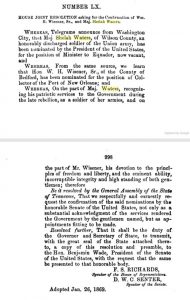Confederate Battle of Nashville Virtual Tour:
Revised: 27 Nov 2018
360º Virtual Tour starting point: Kelley’s Point: 7002 Charlotte Pike, Nashville, TN 37209
From Kelley’s Point, to Granbury’s Lunette, the Nashville American Civil War battlefield is one of the largest in the United States. It’s over nine miles as the crow  flies. This virtual tour starts with Kelley’s Point on the Cumberland River on the west side of Nashville, and goes to the Belle Meade Plantation, Redoubts #1, #3 and #4, Travelers Rest, Granbury’s Lunette, Sunnyside, Shy’s Hill, Peach Orchard Hill and the Peace Monument Park. There are interconnecting tours to the Nashville National Cemetery, Fort Negley, Belmont Mansion, Love Circle and the Mount Olivet Cemetery.
flies. This virtual tour starts with Kelley’s Point on the Cumberland River on the west side of Nashville, and goes to the Belle Meade Plantation, Redoubts #1, #3 and #4, Travelers Rest, Granbury’s Lunette, Sunnyside, Shy’s Hill, Peach Orchard Hill and the Peace Monument Park. There are interconnecting tours to the Nashville National Cemetery, Fort Negley, Belmont Mansion, Love Circle and the Mount Olivet Cemetery.
Note: get the full screen experience by clicking the icon in the lower left of the video frame. A zoom option is available also for reading the historical signage. Some markers are embedded in the floating icons.
#battleofnashville #virtualtour
Tour Stop locations:
Kelley’s Point: 7002 Charlotte Pike, Nashville, TN 37209
Belle Meade Plantation: 5025 Harding Pike, Nashville, TN 37205
Redoubt #1: 3421 Benham Ave, Nashville, TN 37215
Redoubt #3: 3701 Hillsboro Pike, Nashville, TN 37215

Redoubt #4: private property
Travelers Rest: 636 Farrell Pkwy, Nashville, TN 37220
Granbury’s Lunette: 190-194 Polk Avenue, Nashville, TN 37210
Shy’s Hill: 4615 Benton Smith Rd, Nashville, TN 37215
Peach Orchard Hill: 4700 Franklin Pike, Nashville, TN 37220
Sunnyside: 3000 Granny White Pike, Nashville, TN 37204
Peace Monument Park: 1200 Clifton Lane, Nashville, TN 37215
Fort Casino Park: 824 W Argyle Ave, Nashville, TN 37203
Suggested readings:
#battleofnashville













 West Harpeth River – Dec. 17, 1864
West Harpeth River – Dec. 17, 1864